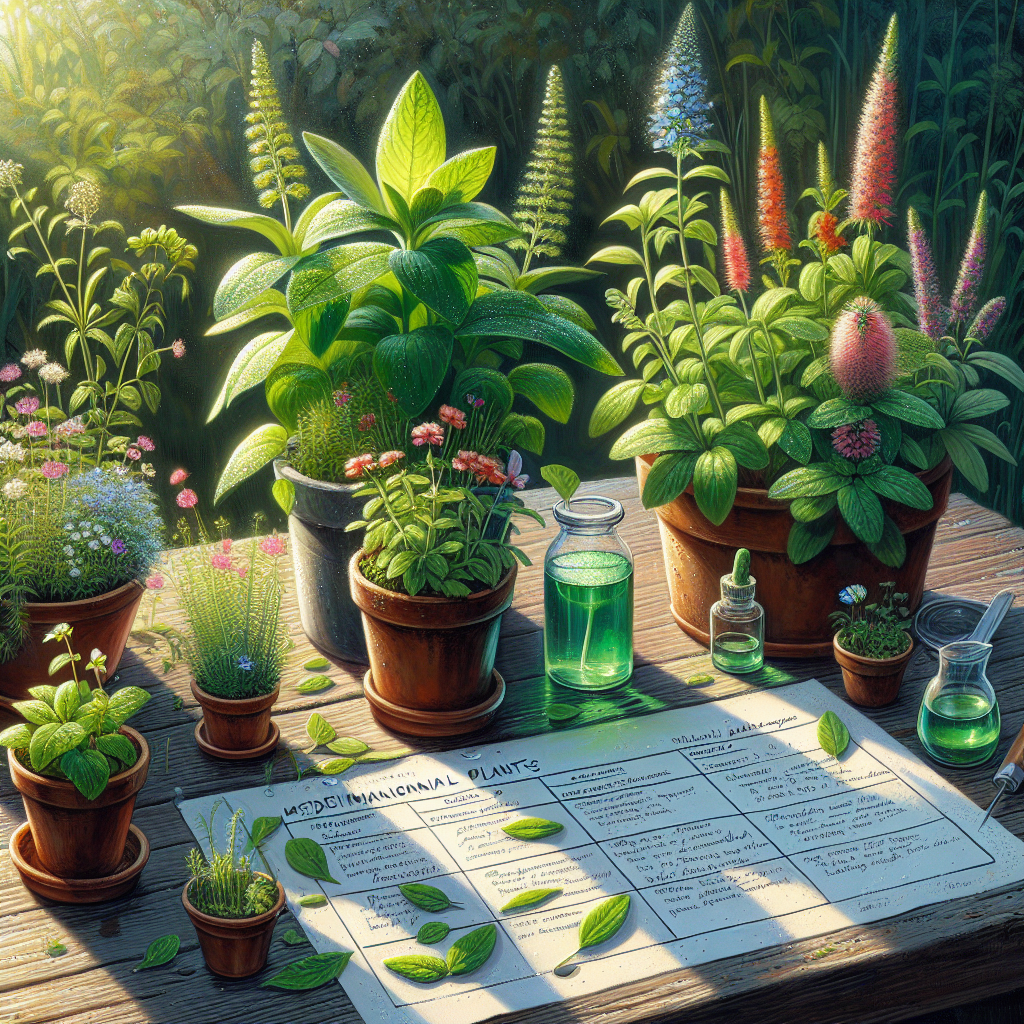Introduction:
Are you interested in growing your own medicinal plants but don’t have a garden? Don’t worry, you can still cultivate these beneficial herbs in containers! Growing medicinal plants in containers is a great way to have easy access to natural remedies right at your fingertips. Whether you’re an experienced gardener or just starting out, this starter guide will provide you with all the information you need to successfully grow medicinal plants in containers.
Benefits of Growing Medicinal Plants in Containers:
**1. Accessibility:** One of the main advantages of growing medicinal plants in containers is the accessibility they provide. You can place your containers on a balcony, porch, or windowsill, making it convenient to harvest and use the herbs whenever needed.
**2. Space-saving:** Containers are perfect for small spaces such as apartments or urban environments where traditional gardening may not be possible. You can easily fit several containers filled with different medicinal plants on a small patio or even indoors.
**3. Control over soil quality:** By growing medicinal plants in containers, you have full control over the soil quality. You can choose a high-quality potting mix that is specifically formulated for herbs, ensuring that your plants receive the nutrients they need to thrive.
Choosing the Right Containers and Location:
**1. Container selection:** When choosing containers for your medicinal plants, opt for ones that are at least 12 inches deep to allow for proper root development. Clay pots are a popular choice as they provide good drainage and help prevent overwatering. Make sure each container has drainage holes at the bottom to prevent waterlogging.
**2. Location:** Most medicinal plants require at least 6-8 hours of sunlight per day, so choose a sunny spot for your containers. If you’re limited on sunlight, consider using grow lights to supplement natural light. Additionally, place your containers near a water source for easy watering.
Selecting the Right Medicinal Plants:
**1. Lavender:** Known for its calming properties, lavender is a must-have plant for any herbal enthusiast. It thrives in full sun and well-draining soil, making it ideal for container gardening.
**2. Echinacea:** Echinacea is a popular herb used to boost immunity and fight off colds and infections. It prefers full sun but can tolerate some shade. Make sure to plant it in well-draining soil and water when the top inch of soil feels dry.
Caring for Your Medicinal Plants:
**1. Watering:** Proper watering is essential for the health of your medicinal plants. Check the moisture level of the soil regularly by sticking your finger into the top inch of soil – if it feels dry, it’s time to water. Avoid overwatering as this can lead to root rot.
**2. Fertilizing:** To encourage healthy growth, fertilize your medicinal plants every 4-6 weeks with an organic fertilizer high in nitrogen. Be sure to follow the instructions on the packaging and avoid over-fertilizing.
Harvesting and Using Your Medicinal Plants:
**1.Harvesting: **When harvesting your medicinal plants, do so early in the morning when their essential oils are most potent.
– For lavender: Cut flowers when they are fully open but before they start to fade.
– For echinacea: Harvest flower heads once they are fully open but before petals start to droop.
FAQs:
1) Can I grow multiple types of medicinal plants together in one container?
– While it’s possible to grow multiple types of herbs together in a large container, it’s best to keep plants with similar care requirements together.
2) How often should I prune my medicinal plants?
– Pruning frequency varies depending on the plant type but aim to prune regularly throughout the growing season to promote healthy growth.
3) Can I use regular garden soil for my container-grown medicinal plants?
– Regular garden soil may not be suitable as it can compact in containers leading to poor drainage; opt for a high-quality potting mix instead.
Growing medicinal plants in containers is both rewarding and beneficial! Whether you’re looking to create natural remedies or simply enjoy their beauty and fragrance, following this starter guide will help you cultivate thriving herbs right at home!














